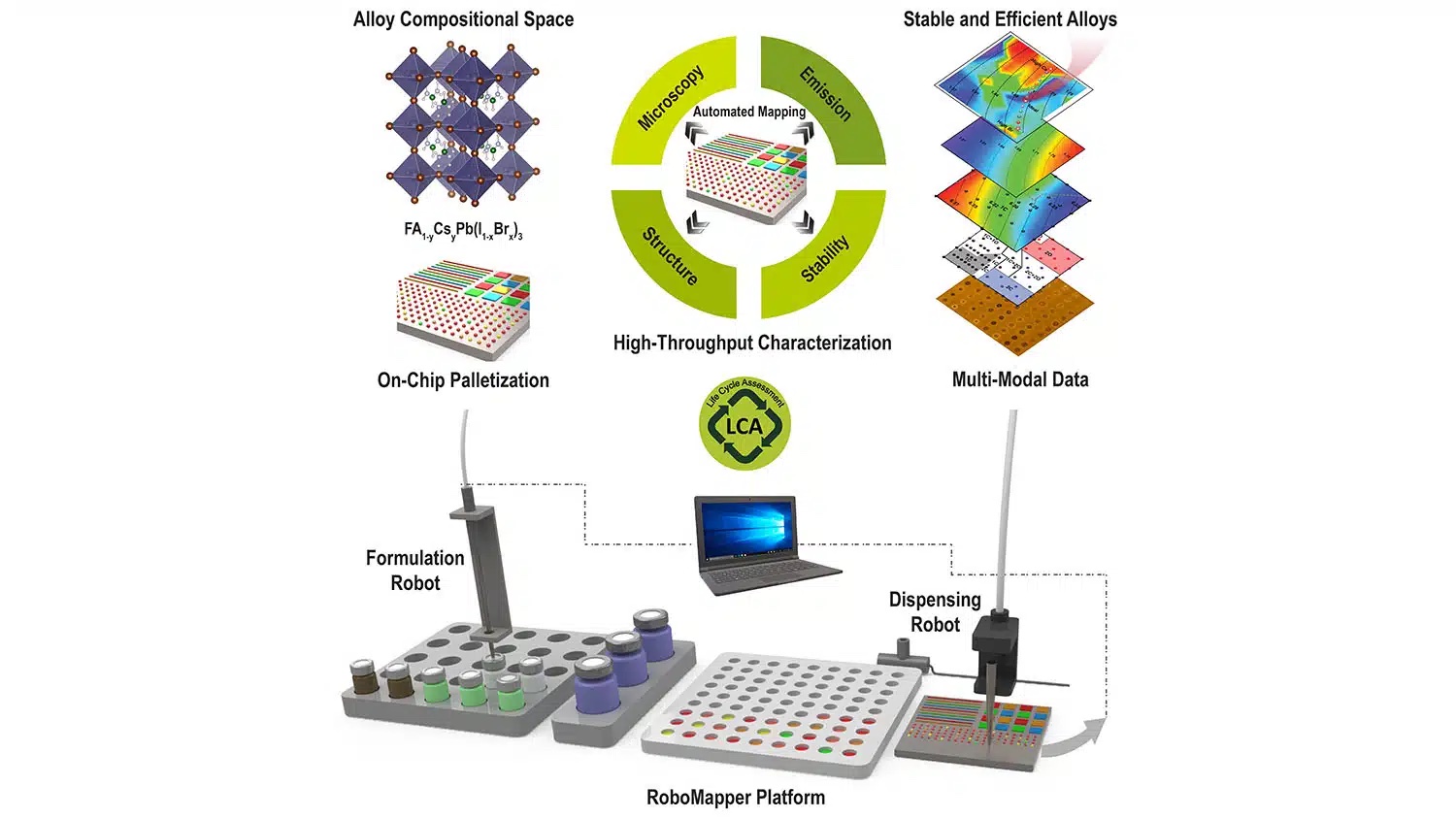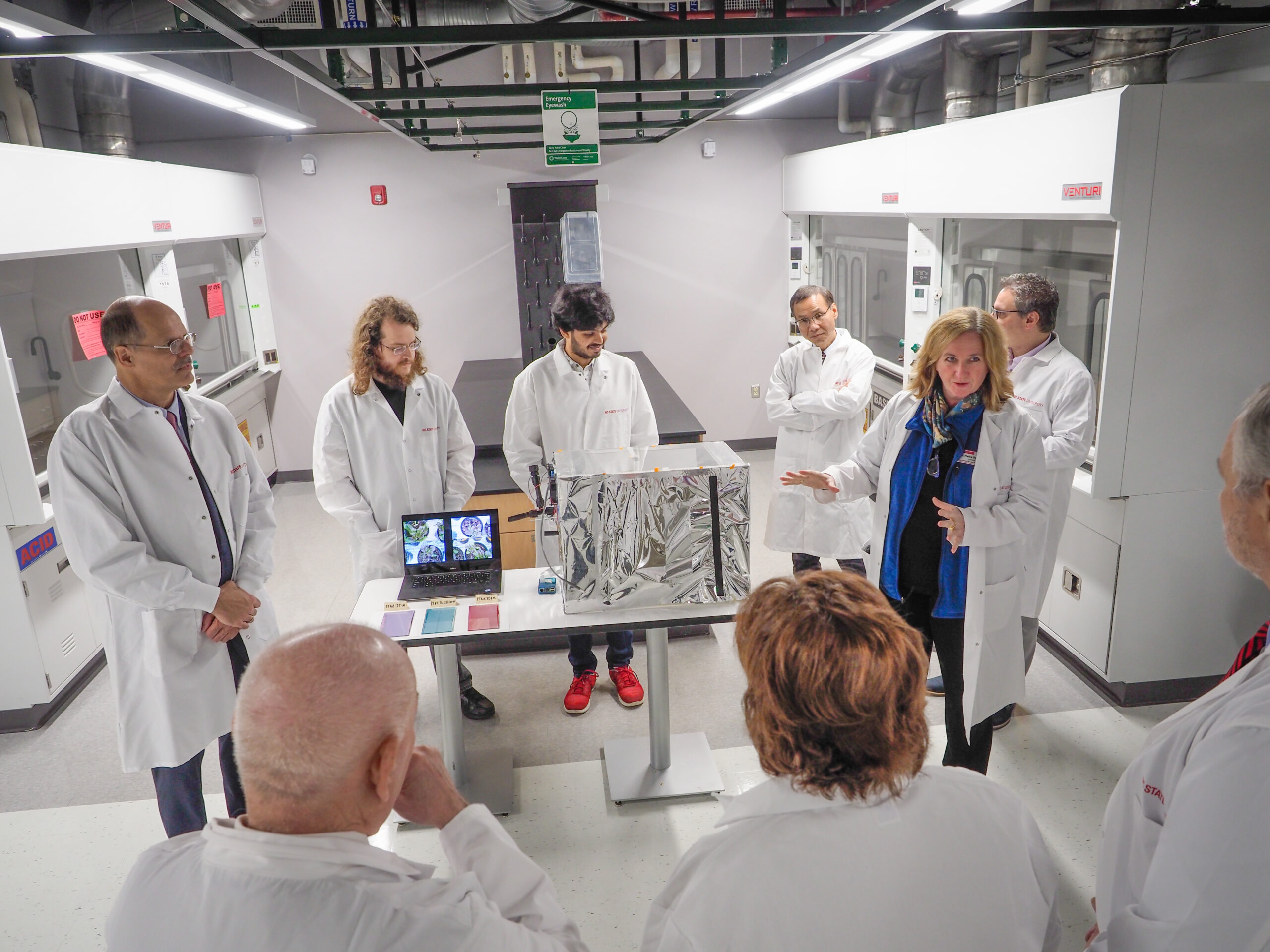Prof. Zhao-Hua Cheng, from Chinese Academy of Sciences, will Speak at ORaCEL Seminar on 2/27/2018
Manipulating Magnetic Anisotropy and Ultrafast Spin Dynamics of Magnetic Nanostructures
State Key Laboratory of magnetism, Institute of Physics, Chinese Academy of Sciences, Beijing 100190, China,
zhcheng@iphy.ac.cn
Click here for Group Website
Venue: Toxicology Auditorium 2104
Time: 11:00 AM.
Abstract
Magnetic anisotropy is not only the origin of long-range-magnetic-order in low dimensional system, but also plays a vital role in determining the magnetic properties for magnetically hard, high-frequency magnetic materials, ultrahigh density magnetic recording media and spintronic materials. The atomically flat terraces separated by steps are generally used as templates for preparing various self-organized nanostructures, including regular arrays of nanodots, nanostripes, atomic wires and ultrathin films. We adopted a novel method to tune the terrace width of Si(111) substrate by varying the direction of heating current, and consequently manipulate the magnetic anisotropy of magnetic structures on the stepped substrate by the decoration of its atomic steps.
Laser-induced ultrafast demagnetization of CoFeB/MgO/CoFeB magnetic tunneling junction is exploited by time-resolved magneto-optical Kerr effect for both the parallel state (P state) and the antiparallel state (AP state) of the magnetizations between two magnetic layers. It was observed that the demagnetization time is shorter and the magnitude of demagnetization is larger in the AP state than those in the P state. These behaviors are attributed to the ultrafast spin transfer between two CoFeB layers via the tunneling of hot electrons through the MgO barrier. Our observation indicates that ultrafast demagnetization can be engineered by the hot electrons tunneling current. It opens the door to manipulate the ultrafast spin current in magnetic tunneling junctions. Furthermore, all-optical TR-MOKE technique provide the flexibility for exploring the nonlinear magnetization dynamics in ferromagnetic materials, especially with metallic materials.
The ability to controllably manipulate the laser-induced ultrafast magnetic dynamics is a prerequisite for future high-speed spintronic devices. The optimization of devices requires the controllability of the ultrafast demagnetization time τM and intrinsic Gilbert damping αintr. We choose Co/Ni bilayers to investigate the relations between τM and αintr by means of the TRMOKE via adjusting the thickness of the Ni layers, and obtain an approximately proportional relation between these two parameters. The remarkable agreement between the TRMOKE experiment and the prediction of a breathing Fermi-surface model confirms that a large Elliott-Yafet spin-mixing parameter b2 is relevant to the strong spin-orbital coupling at the Co/Ni interface. More importantly, a proportional relation between τM and αintr in such metallic films or heterostructures with electronic relaxation near the Fermi surface suggests the local spin-flip scattering dominates the mechanism of ultrafast demagnetization, otherwise the spin-current mechanism dominates. It is an effective method to distinguish the dominant contributions to ultrafast magnetic quenching in metallic heterostructures by simultaneously investigating both the ultrafast demagnetization time and Gilbert damping. Our work can open an avenue to manipulate the magnitude and efficiency of terahertz emission in metallic heterostructures such as perpendicular magnetic anisotropic Ta/Pt/Co/Ni/Pt/Ta multilayers, and then it has an immediate implication for the design of high-frequency spintronic devices.
Biography
 Prof. Zhao-Hua Cheng is a Professor in the Chinse Academey of Sciences. He earned a PhD degree from Chinse Academy of Sciences (1996), and MS and BS degrees in Physics from Lanzhou University (1990,1993). His current research interest includes Magnetic Nanostructures and Spintronics, Rare-earth Permanent Magnets, and Magnetotransport properties of Magnetic Oxides.
Prof. Zhao-Hua Cheng is a Professor in the Chinse Academey of Sciences. He earned a PhD degree from Chinse Academy of Sciences (1996), and MS and BS degrees in Physics from Lanzhou University (1990,1993). His current research interest includes Magnetic Nanostructures and Spintronics, Rare-earth Permanent Magnets, and Magnetotransport properties of Magnetic Oxides.


